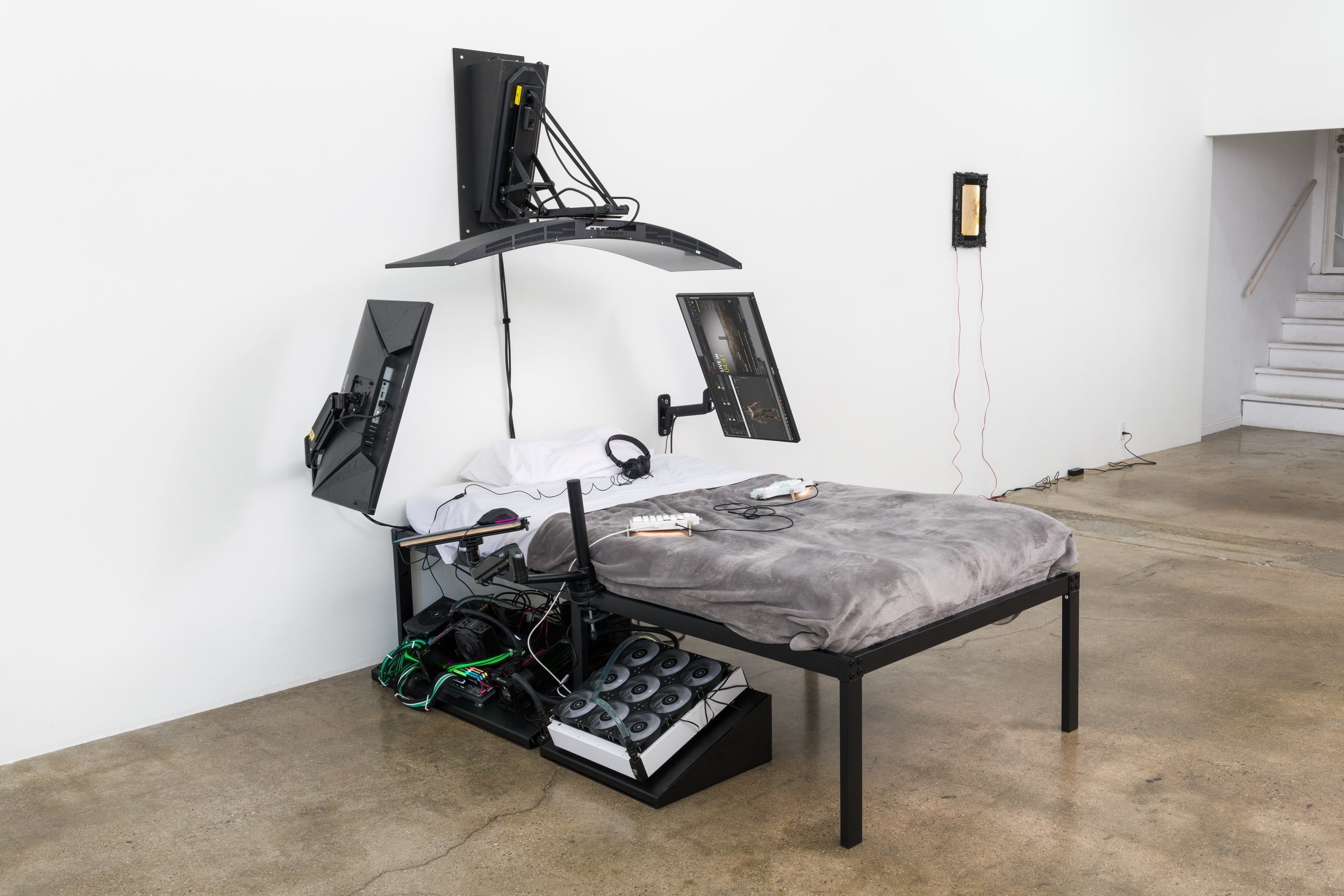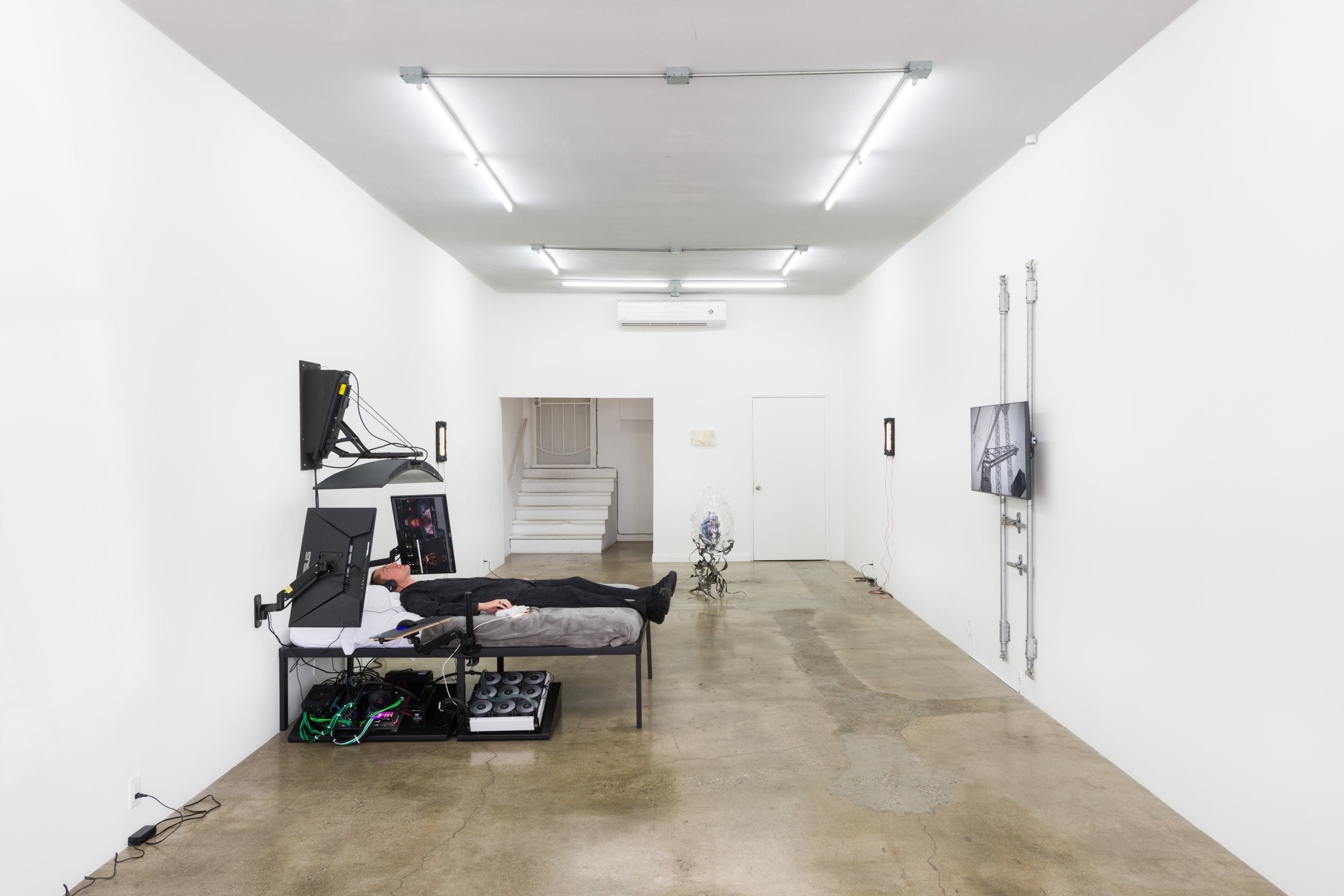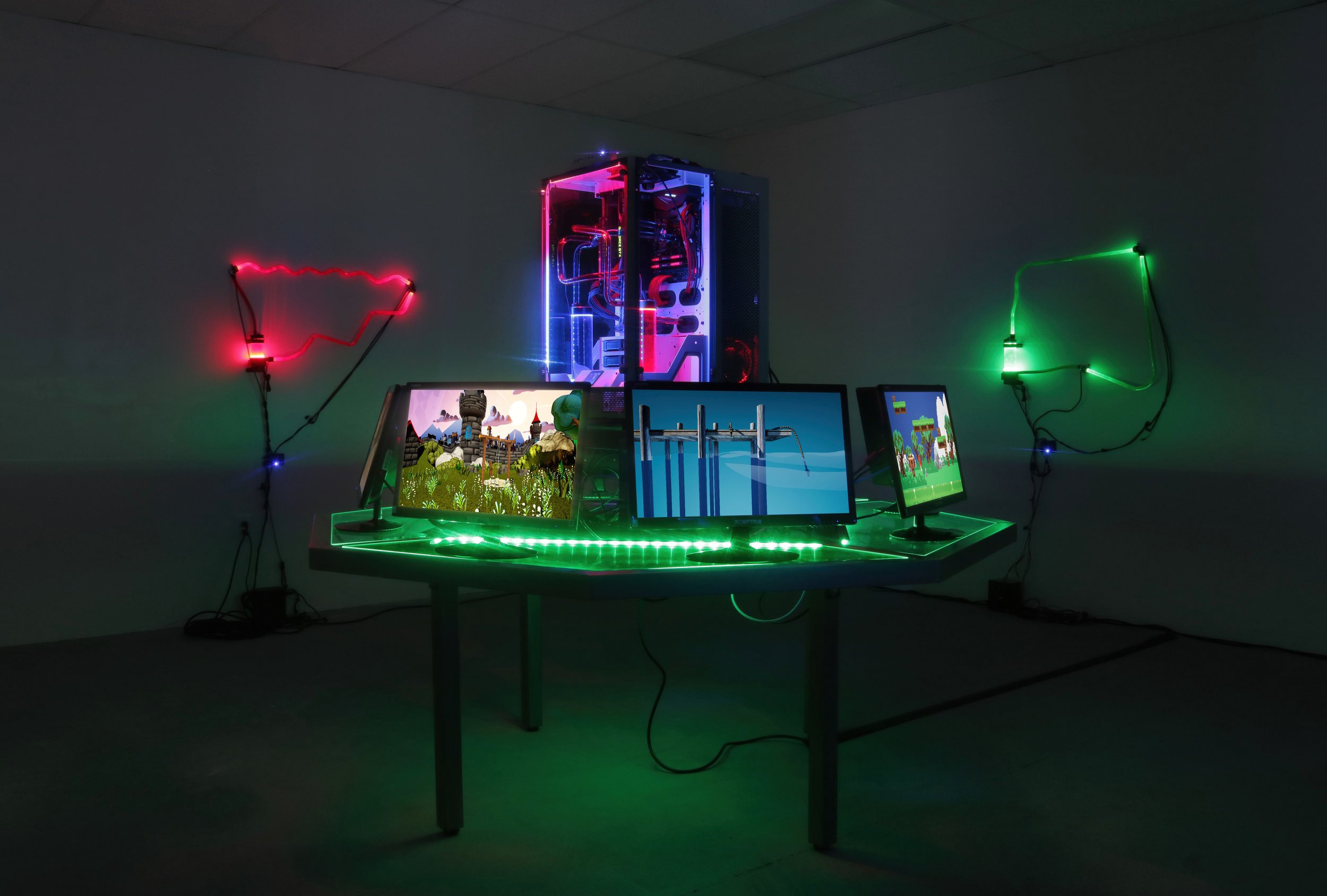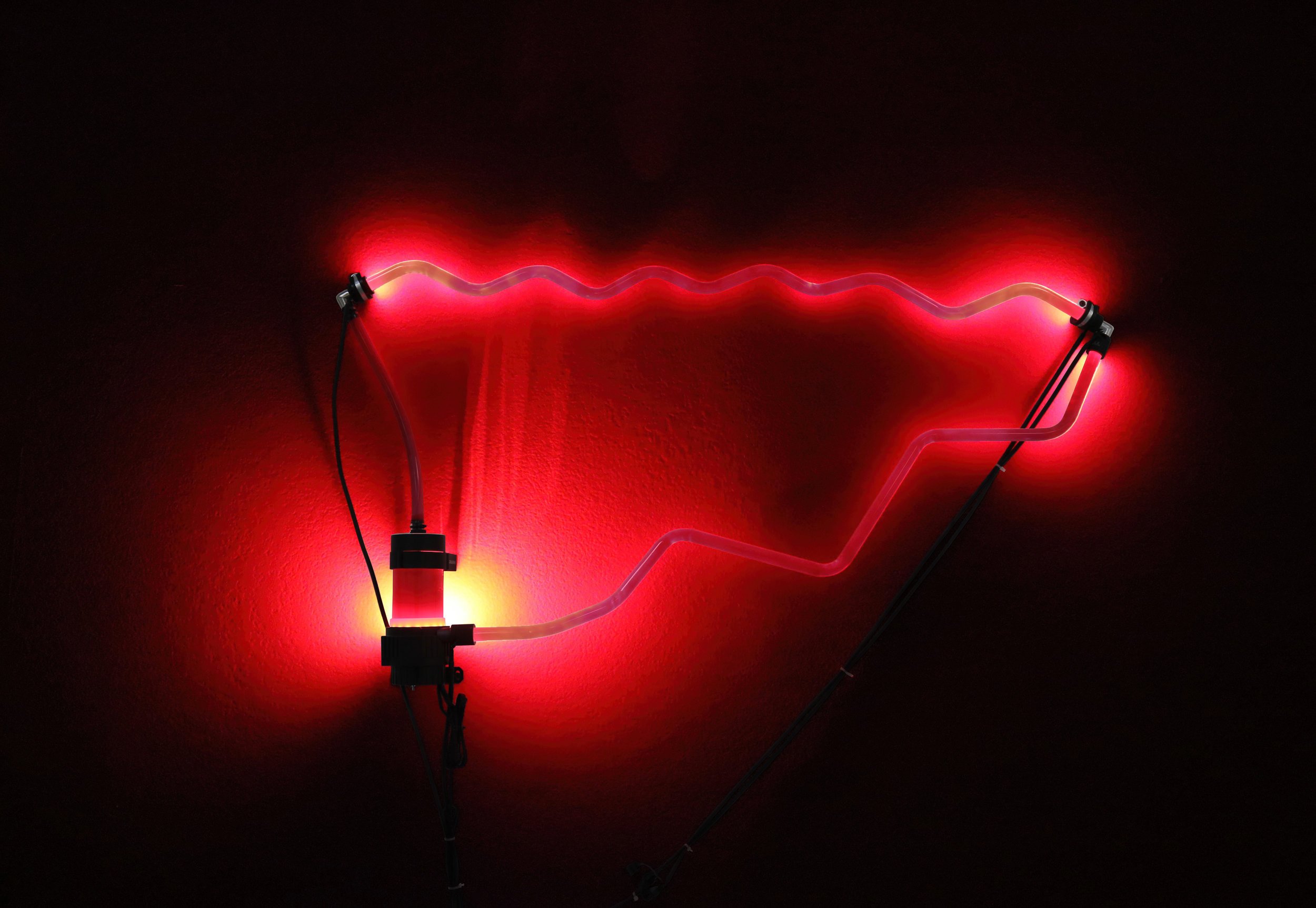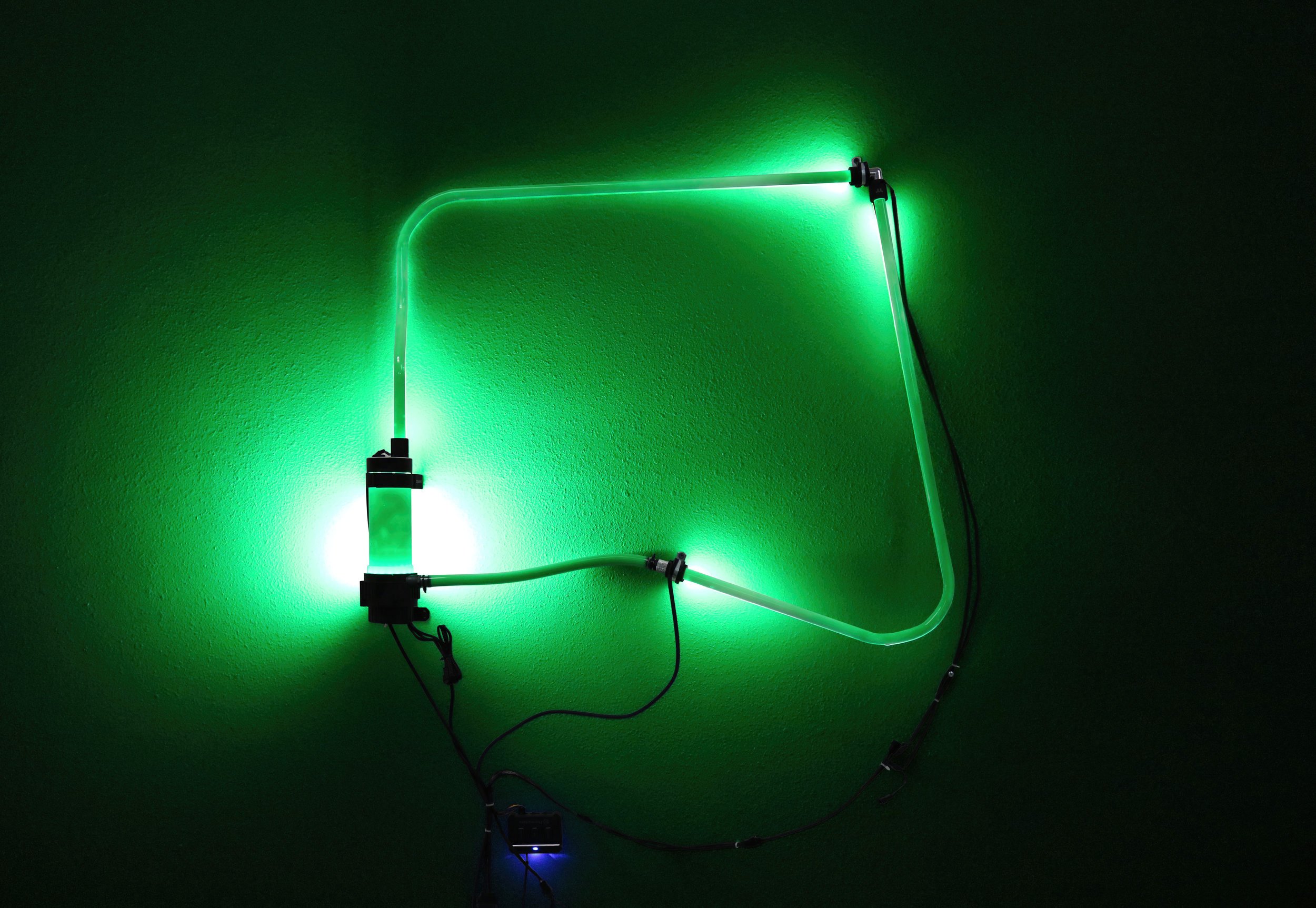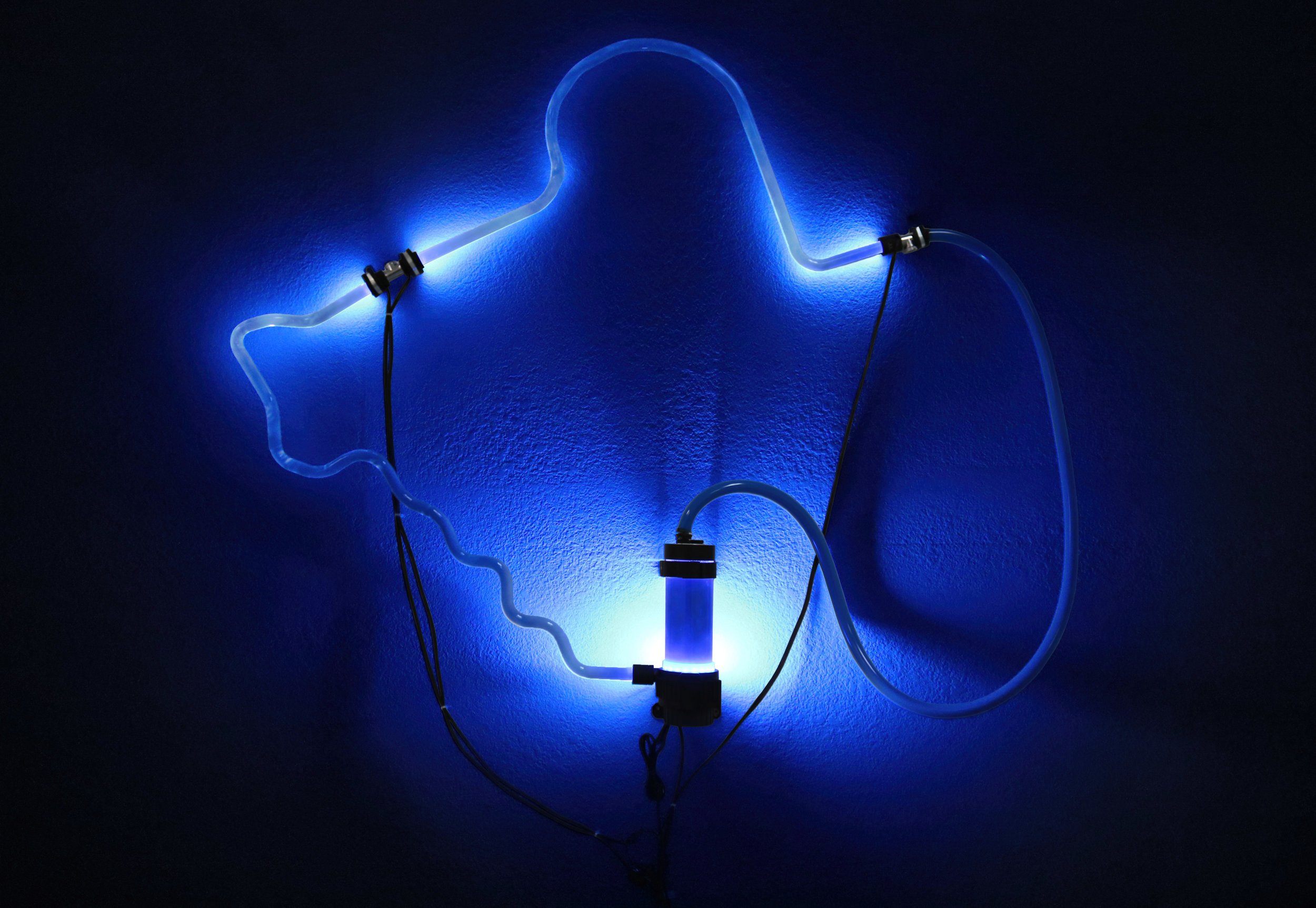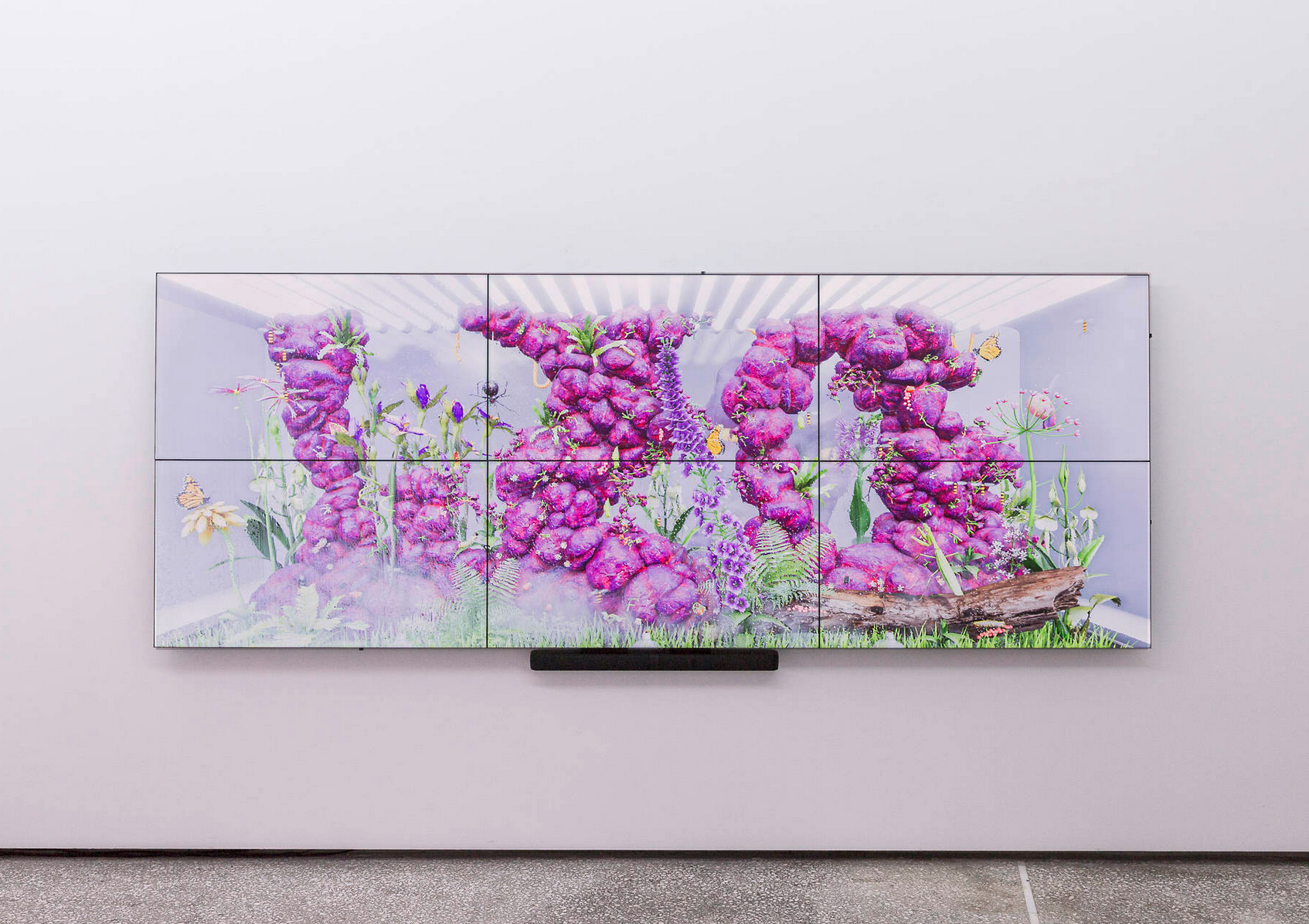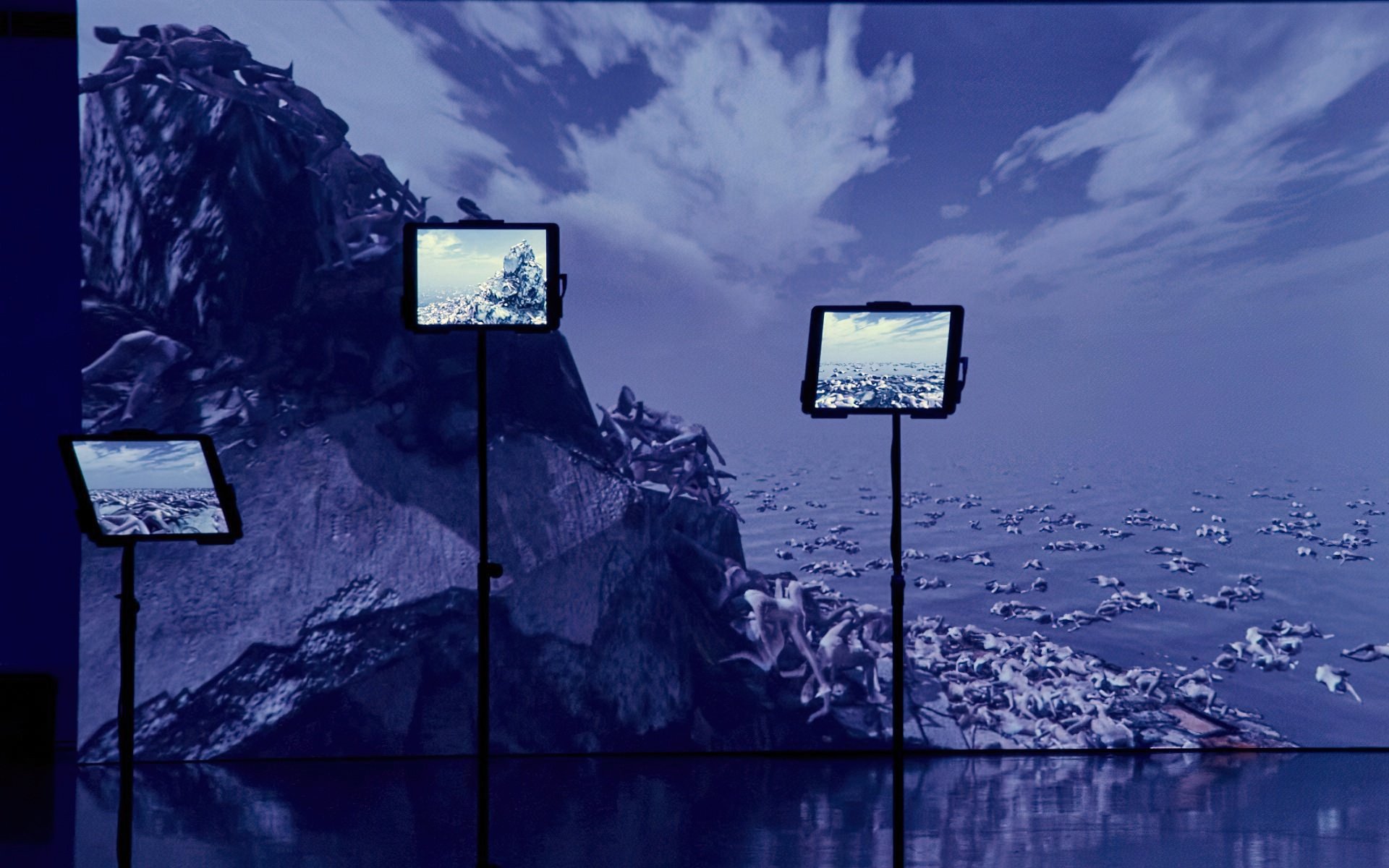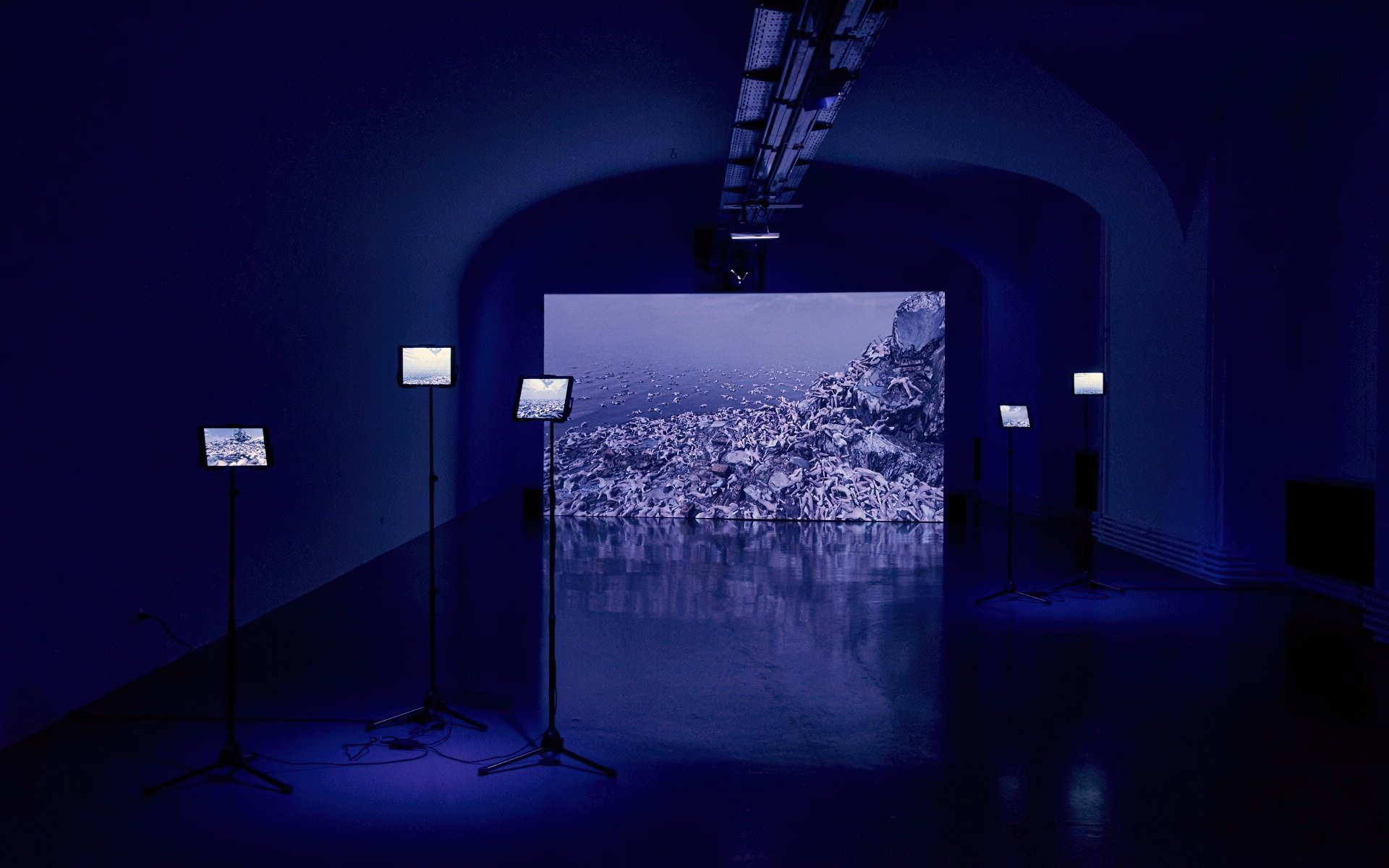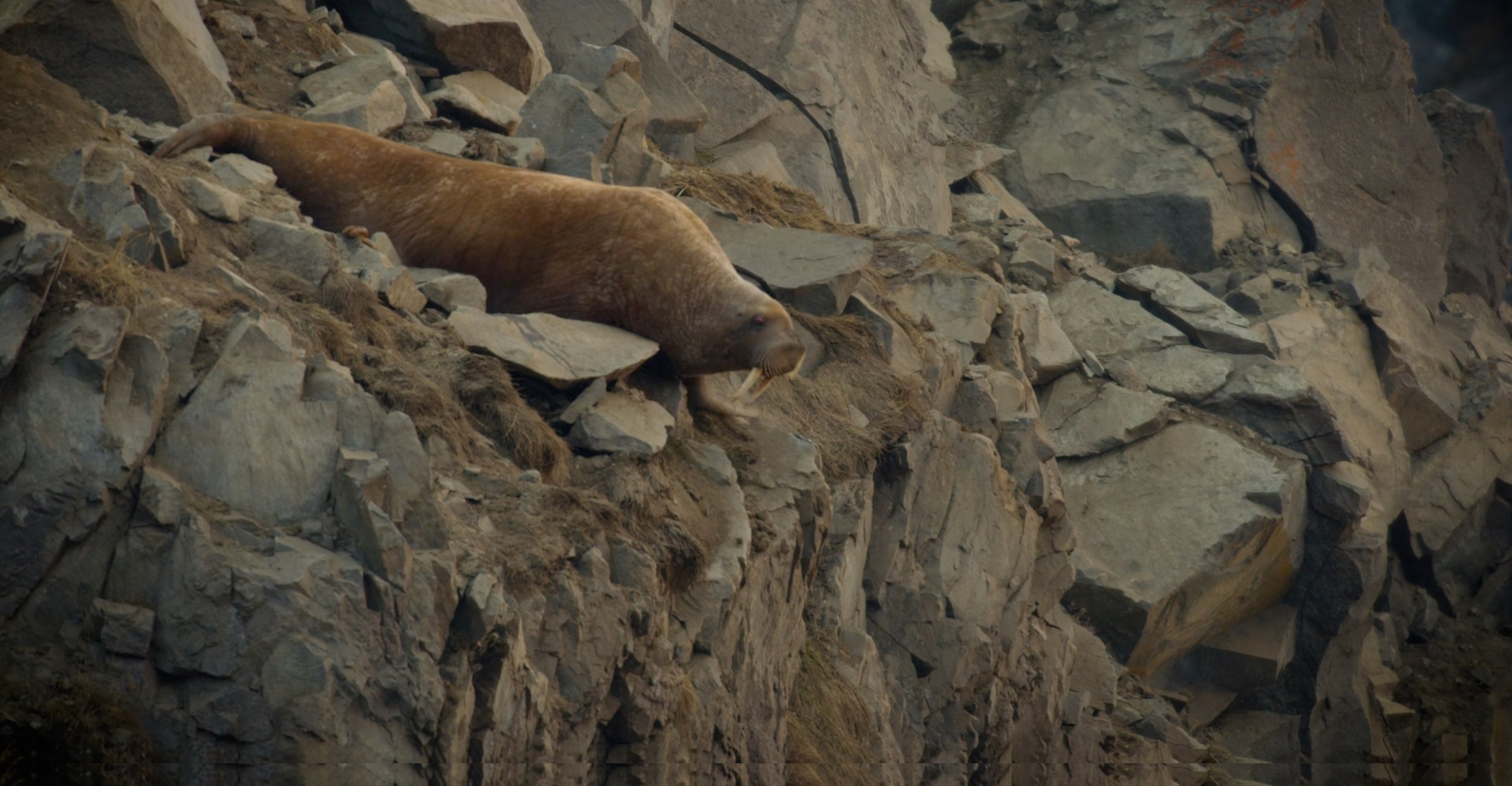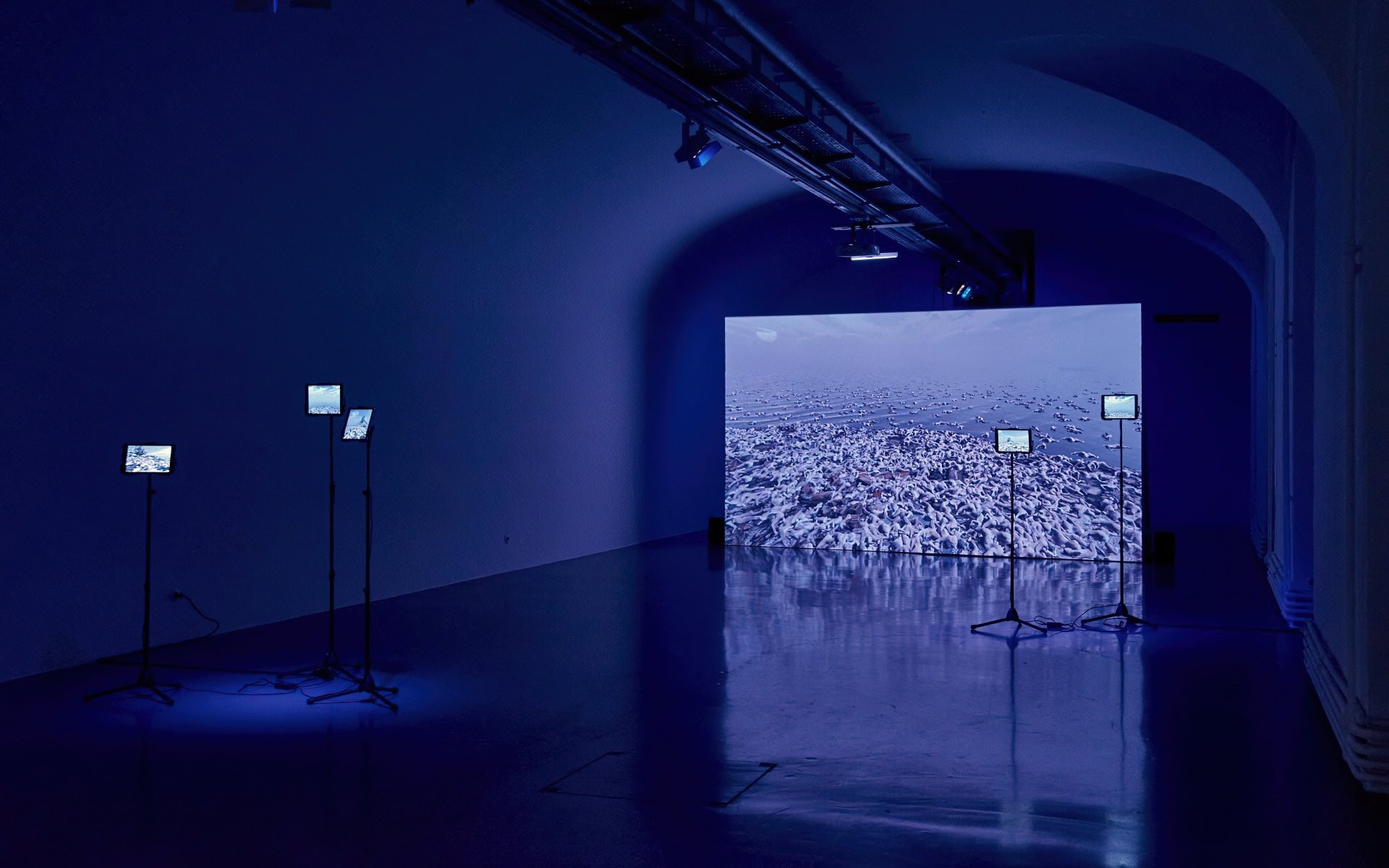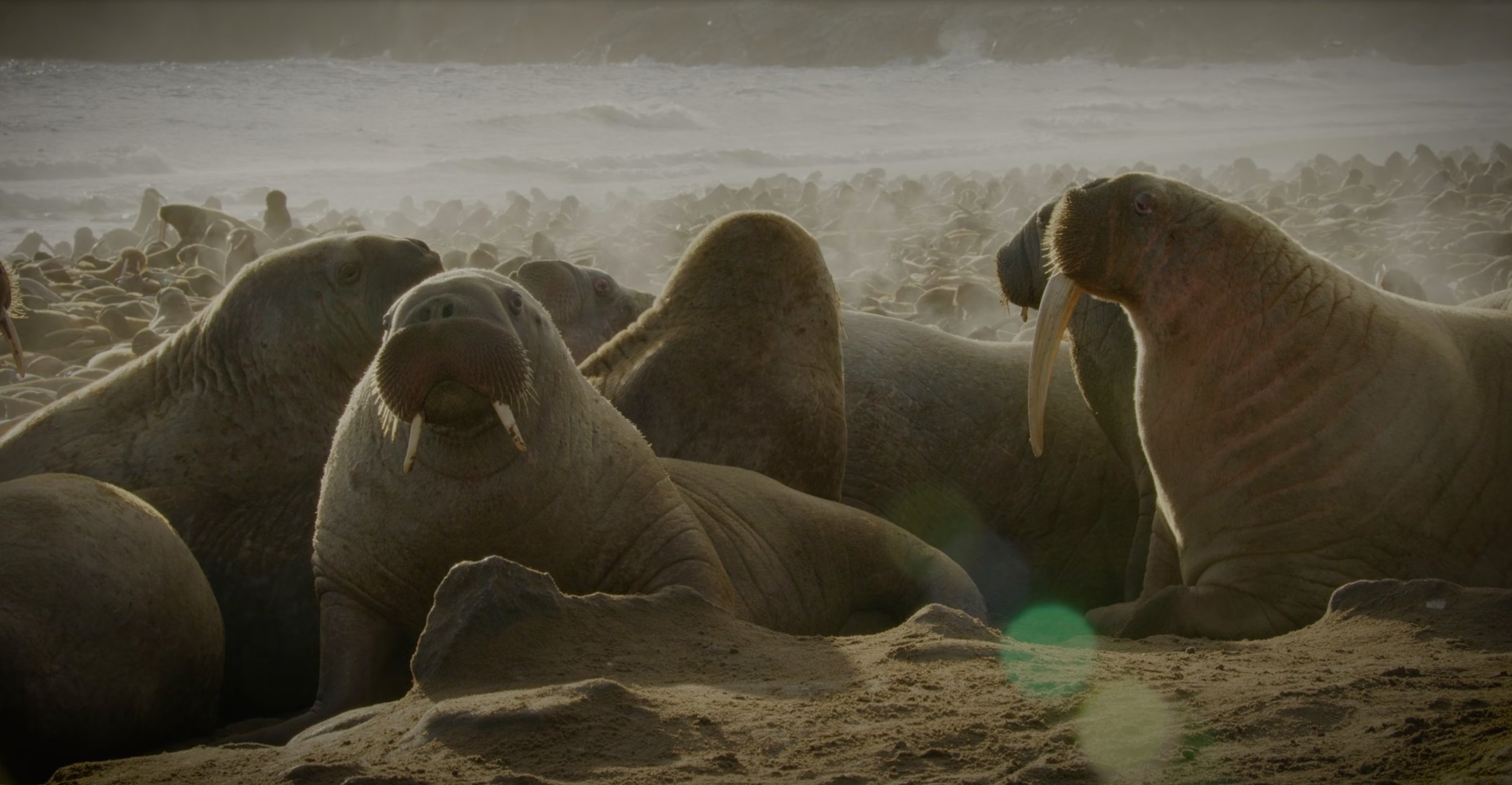VRAL is currently showcasing Filip Kostic’s 2019 game video Filip Kostic VS. Filip Kostic in a brand new format. Today, we conclude our exploration of the Serbian artist’s oeuvre with a closer look at his monumental project(s) Bed PC.
PATREON-EXCLUSIVE CONTENT
〰️
PATREON-EXCLUSIVE CONTENT 〰️
Filip Kostic’s bed-centric projects, including Bed PC (2020), Bed PC 2 (2022), and Bed PC (Twin) (2022), examine the convergence of art, life, work and leisure in the context of the 2019/2020 pandemic lockdown.
Bed PC (2020) functioned as both a bed and a workspace in Kostic’s bedroom from 2020 to 2022. This work seamlessly blended art with everyday life, reflecting the artist’s “deep adaptation” to the pandemic’s new reality, not to mention its lingering effects. The follow-up, Bed PC 2 (2022), was designed for Scherben Gallery in Berlin. This transition marked a shift from a personal, functional piece to a public exhibit. It encapsulates Kostic’s evolution from a personal experiment to a broader exploration of art and technology before an audience. Similarly, Bed PC (Twin) (2022) made its debut at Hunter Shaw Fine Art in Los Angeles, expanding the scope and goal of the project. The term “twin” hints at the potential for parallel experiences, suggesting a deeper contemplation of the symbiosis between art, life, and work, but also about the possibility of sharing such experiences with others, both remotely and in situ.
Central to all these works is a custom-built water-cooled computer seamlessly integrated into the bed’s frame. Multiple screens form a protective cocoon, immersing the occupant in a multisensory environment. The installation includes peripherals like a keyboard, mouse, streaming microphone, and cameras for live streaming. It is ironic that Kostic’s attempt to reduce physical clutter to increase ‘efficiency’ relies on much “heavy equipment”.
Kostic’s experimentation reached a pinnacle with the Bed PC 24 Hour Stream (2021), an endurance performance where he continuously live-streamed on Twitch for a full day. During this marathon stream, he engaged in various activities, from gaming to art creation and insightful conversations with friends who called in. Topics ranged from art and gaming to the dynamics of motion versus sedentary lifestyles, the future of art and its institutions, and the cultural significance of Yugoslavian monuments. Among other things, he watched Adam Curtis’s documentary The Century of the Self (2002), reviewed some political ads, and slept, always on camera.
Among the key themes of this monumental series of artworks, at least four stand out…
Matteo Bittanti
Works cited
Filip Kostic
Bed PC
Custom built water cooled computer built into the frame of the bed. Variable screens to create a shield like shape, blanket, and pillows. Variable peripherals including keyboard, mouse, streaming microphone, and cameras for live streaming, 2020-2022.
All images and videos courtesy of the Artist
This is a Patreon exclusive content. For full access consider joining our growing community.

